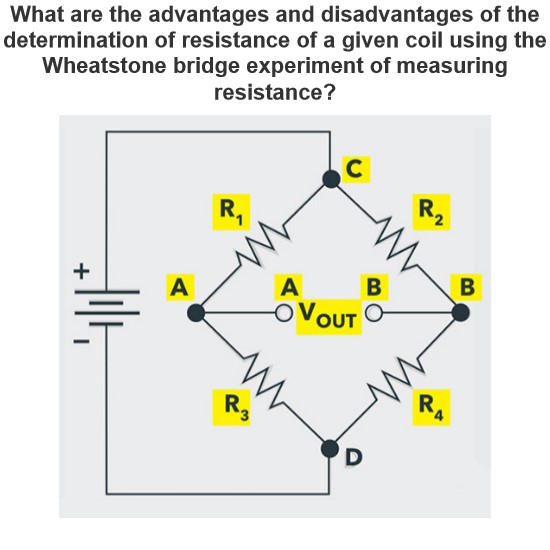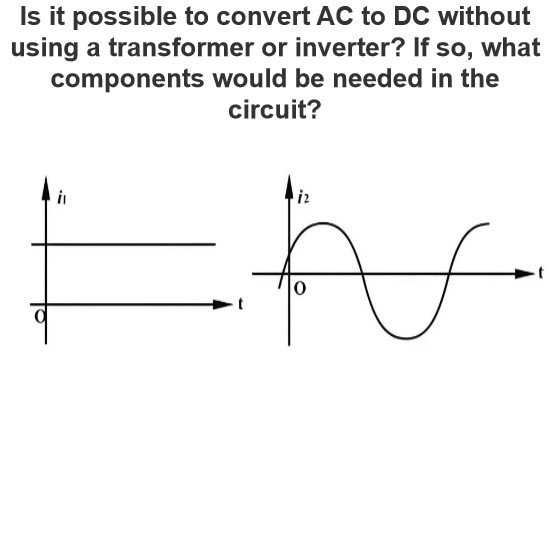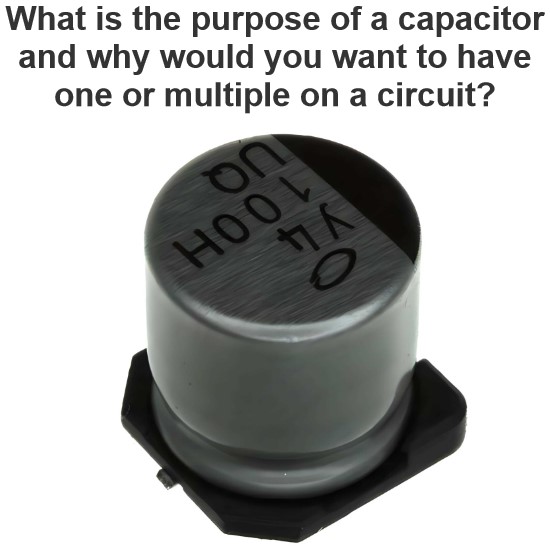Why is Zener breakdown voltage less than avalanche breakdown voltage?
Zener breakdown voltage and avalanche breakdown voltage are two different breakdown mechanisms in semiconductor devices, especially diodes. The breakdown voltage caused by these two mechanisms is different, mainly because of their different physical mechanisms and occurrence conditions.
Zener breakdown
Zener breakdown occurs in a reverse-biased PN junction, and when the applied reverse voltage is high enough, the electric field strength in the PN junction is enough to make the electrons in the valence band get enough energy to transition to the conduction band to form an electron-hole pair. This process mainly occurs in thin layers of semiconductor materials, especially in PN junctions with high doping concentrations.
Features
Occurrence condition: In PN junction with high doping concentration, the electric field strength is strong, which is easy to lead to electronic transition.
Breakdown voltage: Usually occurs at lower voltage levels, between about 2.5V and 5.6V.
Temperature coefficient: Negative temperature coefficient, meaning that as the temperature increases, the breakdown voltage will decrease.
Avalanche breakdown
Avalanche breakdown also occurs in reverse-biased PN junctions, but it is a collisional ionization process. When the applied reverse voltage reaches a certain value, the strong electric field accelerates the free electrons to a high enough kinetic energy to collide with the atoms in the lattice, creating new electron-hole pairs. These newly created electron-hole pairs continue to collide, forming a chain reaction that eventually leads to a sharp increase in current.
Features
Occurrence condition: In PN junction with low doping concentration, the electric field strength is weak, and higher voltage is required to trigger avalanche effect.
Breakdown voltage: Usually occurs at a high voltage level, about 5V or more, depending on the material and doping concentration.
Temperature coefficient: Positive temperature coefficient, meaning that as the temperature increases, the breakdown voltage will increase.
The main reasons why Zener breakdown voltage is less than avalanche breakdown voltage are as follows:
Doping concentration: Zener breakdown usually occurs in PN junctions with high doping concentrations, while avalanche breakdown occurs in PN junctions with low doping concentrations. The high doping concentration means that enough electric field strength can be achieved at a low applied voltage, so that the electrons in the valence band get enough energy to transition to the conduction band. In contrast, PN junctions with low doping concentrations require higher applied voltages to achieve the same electric field strength.
Electric field strength: Zener breakdown relies mainly on electron transitions caused by local strong electric fields, while avalanche breakdown relies on electric field strengths distributed uniformly over the entire PN junction region. Therefore, avalanche breakdown requires a higher voltage to create a sufficient impact ionization effect.
Material properties: Zener breakdown mainly occurs in some specific materials (such as silicon) and is related to the energy gap of the material. Avalanche breakdown depends more on the physical properties of the material, such as band gap width and carrier mobility.
Sum up
Zener breakdown and avalanche breakdown are two different breakdown mechanisms that occur under different conditions and have different temperature coefficients. Zener breakdown voltage is usually lower than avalanche breakdown voltage, this is because Zener breakdown occurs in high doping concentration of PN junction, while avalanche breakdown occurs in low doping concentration of PN junction, the former requires a low applied voltage to achieve sufficient electric field strength, the latter requires a high voltage to form the impact ionization effect.
The Electricity Encyclopedia is dedicated to accelerating the dissemination and application of electricity knowledge and adding impetus to the development and innovation of the electricity industry.




